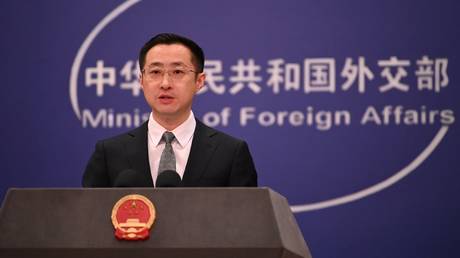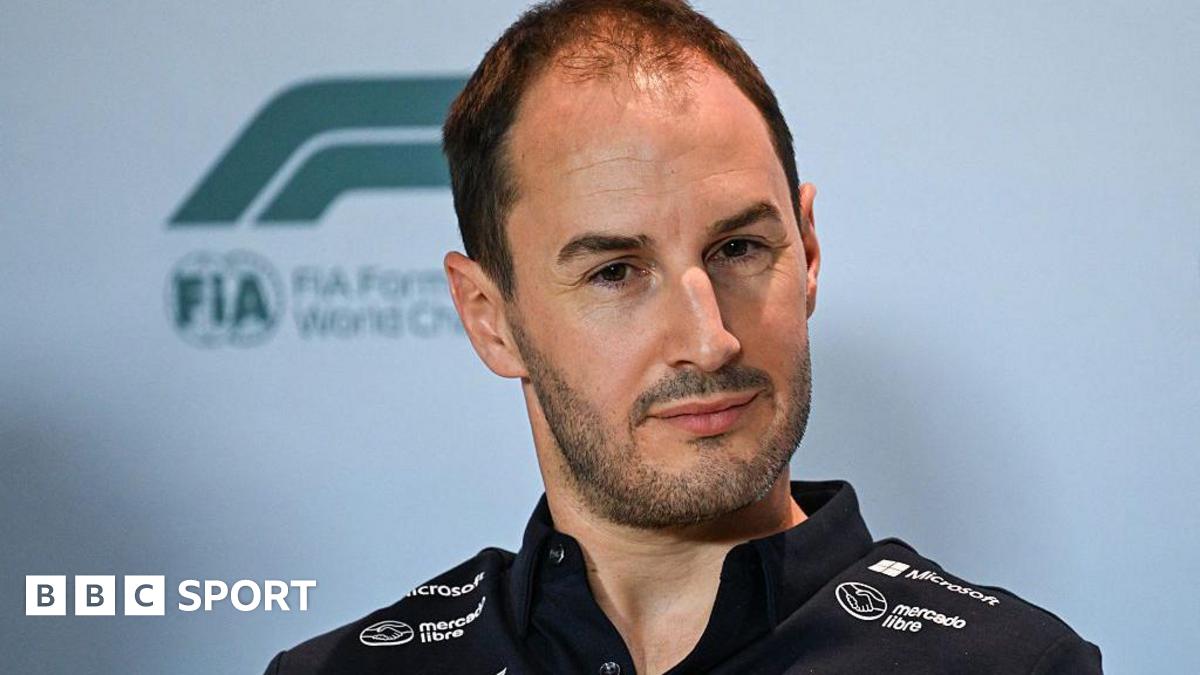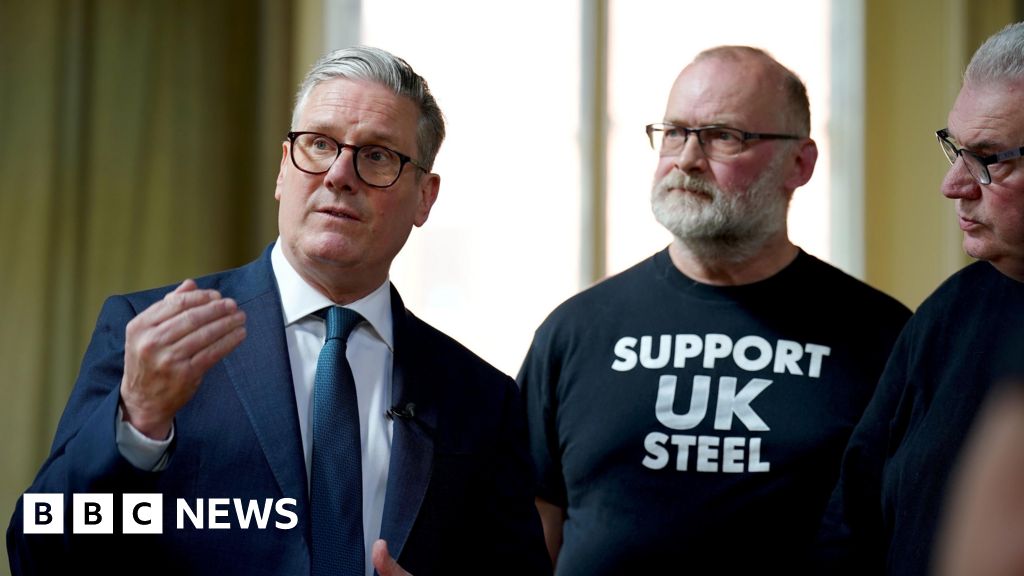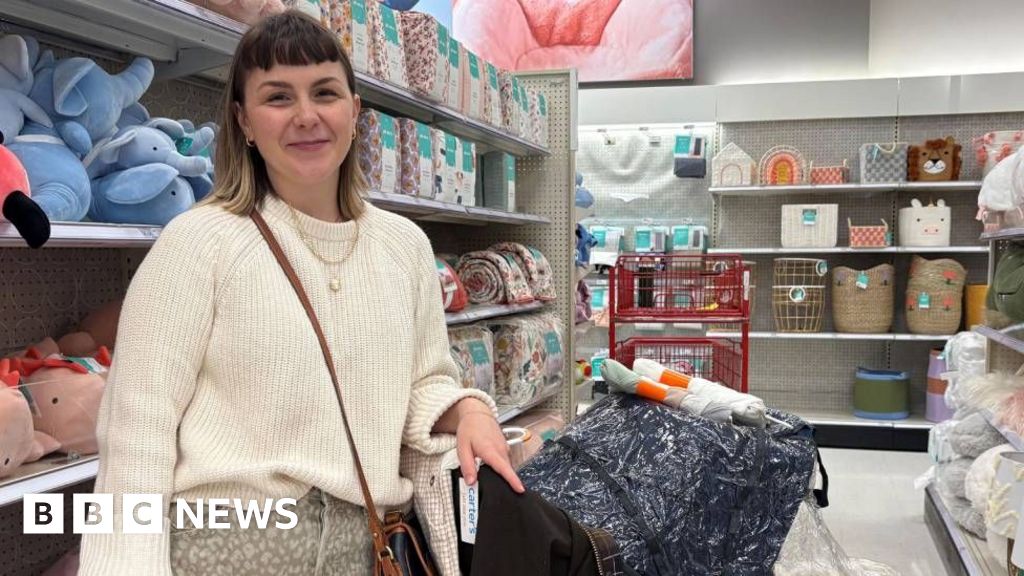How Yahoo built AI-driven content discovery into its revamped news app

In April 2024, Yahoo acquired Artifact, a tool that uses AI to recommend news to readers. Yahoo folded Artifact’s—which was cofounded by Instagram cofounders Mike Krieger and Kevin Systrom—into its revamped news app to help surface and curate content for readers.
Yahoo CEO Jim Lanzone came on the Most Innovative Companies podcast to talk about the acquisition, the company’s approach to news curation, and what the future could hold for the private equity-owned company.
This interview has been edited and condensed.
Yahoo acquired news discovery platform Artifact last year. Now, the technology is used in Yahoo’s revamped news app. Why did you acquire the platform?
Artifact had come up as a startup founded by the Instagram cofounders. It used AI and advanced algorithms to pull in really great content and also do a great job of surfacing it. When we read that they were going to shut it down, I reached out to Kevin Systrom immediately to say we should talk about acquiring it. We basically took the backbone of the Artifact app and made it the Yahoo News app.
We look to acquire companies if they can fill a gap for us. We’re not in the game of acquihires. It has to be a product fit. We’re the No. 1 news publication in the U.S. in terms of total traffic. We got to that point by being an aggregator. We’re aggregating thousands of sources and then using algorithms to surface the right ones for each of our millions of users.
With Artifact, how are you using AI to personalize a user’s newsfeed?
We hope the end user doesn’t think about it at all. It’s just about the Yahoo News app getting smarter at delivering the right content to you at the right time. We’re very pro publisher and we are a big part of the ecosystem. We send them traffic and give them revenue as part of it. We’ve been doing that for over 20 years.
That is, in some ways, pro publisher, but AI summaries come up on search and articles get summarized via bullet points. That means users may not actually read the articles, and media companies will get fewer page views.
I would think about it a little bit differently. If you go back to the beginning of how Yahoo has always worked with publishers, we’re a huge part of the ecosystem in sending traffic out. It’s very important to us to keep the ecosystem very healthy, at least how it historically was. I understand your point, and certainly that’s a new factor for publishers to worry about in terms of AI companies sucking in all their data. Everything we do is with the publisher. We brought all of our publisher relationships to Artifact. Even when there’s a summary, it’s not trying to [stop people looking at] the article, it is trying to pull out the highlights of [the article]. We will also summarize a topic across publishers just for helpful understanding. But again, it all goes back to sending people down the funnel to [media] properties.
But they would only go down that funnel if they want to learn more, right?
I don’t know how much time you’ve spent with any of these apps, but I’d say they’re bullet points, short tidbits at the top. They’re really not summarizing the whole article.
A news algorithm designed for people can contribute to their biases. Yahoo’s role is nonpartisan, but how do you think about balancing the goal of providing a customer service with preventing the information that only reinforces a reader’s beliefs?
We think a lot about it. We try to be very nonpartisan. It’s a hard job. One of the signs we’re getting it right is I get nasty emails from people on both sides. Part of our job with the algorithm is to make sure readers don’t go too [far] into the rabbit hole and that [they] actually can continue to see a balance of things. At the same time, our job is to customize for them as an individual, so the algorithms take that into account. But there are a couple other things happening. We also balance [AI curation with] human curation, which is part of Yahoo being the trusted guide for all these years. Then of course, we are working with trusted publishers that we have long standing relationships with—not sharing user generated content.
How does the app fit into Yahoo’s business strategy?
In any given month, we are usually the No. 2 ranked property on comScore in the US multiplatform or in the top five across desktop and mobile. We’re in the top five with Gen Z, and 90% of internet users in the US touch Yahoo in any given month. So monetization of one property is not our issue. We monetize very well. Most of it’s through advertising, like with any major freemium publisher or product. A certain percentage of our users subscribe to our more premium offerings in given categories like sports or finance or email. News is just a part of that.
You’ve said job No. 1 is making every one of these products and brands under Yahoo superstrong on their own within the categories in which they operate. There’ve been news reports saying you might want to spin off different products and take them public. There’ve been other reports saying you might want to take the company public as a whole. I guess I’m trying to get a sense of what you think the future is for Yahoo.
I would answer that maybe two ways. It’s our job to create value and grow the business, which 30 years old. But for those who don’t know, we were spun out of Verizon by Apollo, the world’s largest private equity firm in September 2021, then I came in as CEO.
Most private equity firms want returns.
There are two ways to get a return. If you’re a private equity firm, you could go public or you can sell. It is also possible that your investors feel that they have a tiger by the tail and want to hold out longer. I’ve founded startups, I’ve worked at big public companies. It doesn’t matter the size of your company, the name of the game is growth either way. That’s also a sign of a healthy company. It’s a sign that you’re delivering for users. We’ll create a very valuable company, whether it’s us stand-alone going public, or it’s someone acquiring the company. That said, we definitely have inbounds all the time, especially because it is owned by private equity of people trying to pick off part of our pieces of our company. Part of the private equity game is probably to listen to everybody and understand what your options are.
Every search engine tech company that puts out any kind of content or that aggregates content is partnering with LLMs like Open AI or Anthropic. Who are you partnering with?
Going back to the late 2000s, Yahoo has had a longstanding relationship with Microsoft, which led to an easy relationship with Microsoft copilot. We have the second largest email platform after Gmail, it’s in the hundreds of millions of users. Even a year before Apple announced this Apple Intelligence series of products that would show up in their mail product, we announced AI in Yahoo Mail, helping you search mail, summarize it, write, edit, and more. That partnership was done with OpenAI. We also are partners with Anthropic, with Google, and others on other products that we have. We work with everybody so far and we’ll continue to do so. We’re also internally building a bunch of our own AI products. I think it’s too important to leave it purely to third parties. We have to have our own expertise there.
What's Your Reaction?
 Like
0
Like
0
 Dislike
0
Dislike
0
 Love
0
Love
0
 Funny
0
Funny
0
 Angry
0
Angry
0
 Sad
0
Sad
0
 Wow
0
Wow
0






























































































